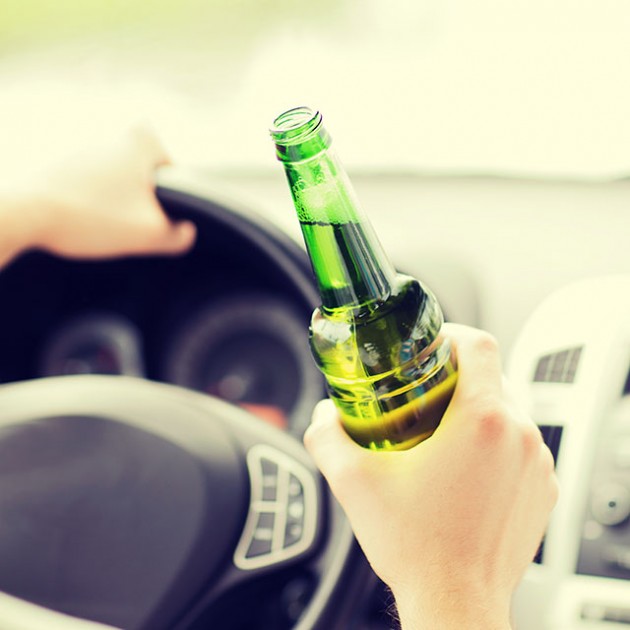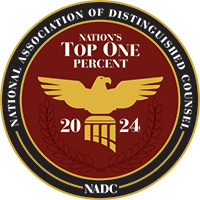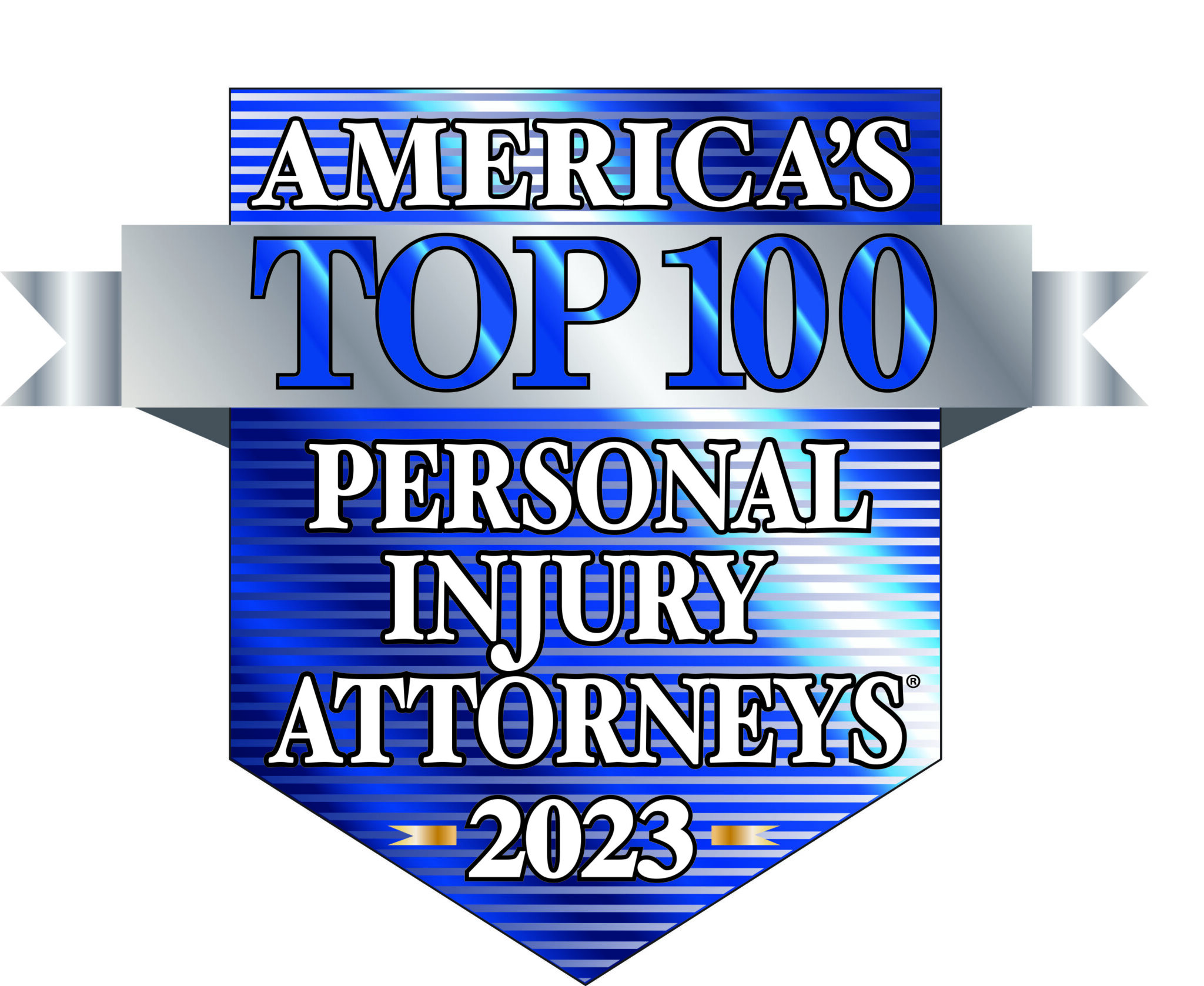In 1998, the National Highway Traffic Safety Administration (NHTSA) implemented “a national limit, under which it would be illegal to operate a motor vehicle with a blood alcohol concentration (BAC) of .08 or higher” to deter impaired driving. (one.nhtsa.gov)
At that time, the number .08 BAC was chosen for the following reasons:
- Most drivers are substantially impaired at .08 BAC
- The risk of being involved in a crash increases substantially at the .08% level
- .08 BAC is a reasonable level at which to set the legal limit – it’s not normally reached with a glass or two of wine with dinner, or with a couple of beers after work
- The public supports BAC levels below .10
- “Most other industrialized nations have set BAC limits at .08 or lower and had these laws in place for many years.”
A study published in the March 2020 issue of the American Journal of Preventive Medicine found that a .08 BAC may actually be too high of a limit for drivers. That study, using data from the National Highway Traffic Administration’s Fatality Analysis Reporting System between the years 2000 and 2015, showed that “one in seven alcohol-related motor vehicle deaths involves drivers with blood alcohol concentrations (BAC’s) below the legal limit.” (Minnpost.com)
Of the 223,000 car crash fatalities, in which one or more drivers were impaired, 15% (nearly 34,000) of those crashes involved drivers with a BAC level below .08. “These drivers tested positive for alcohol, but not enough to be considered legally impaired.”
The study points out that the risk of a driver crashing climbs significantly once the driver’s BAC exceeds .02.(USNews.com) Since 2013, The U.S. National Transportation Safety Board (NTSB) has recommended reducing the legal BAC limit to .05 or lower. It is estimated that this would save up to 1,790 lives a year. (Fortune.com) There has been resistance to making that change. Other countries that have adopted the .05% limit have seen declines in traffic crashes.
Robert L. Sumwalt with the NTSB says the goal is to separate drinking from driving. “We don’t tell kids, you should only drive a little drunk. We teach them not to drink and drive…Americans can drink responsibly. And they can drive responsibly. But nobody can responsibly drink and drive.”
Drunker than you realize? A few facts that may make you a bad judge:
- A full stomach can slow the absorption of alcohol, but it does not mean alcohol can’t creep up on you.
- Coffee will not make you sober. Only time will.
- Carbonated beverages can cause quicker alcohol absorption.
- Stress can cause alcohol to enter your bloodstream faster.
- Women get drunk faster than men, even at the same body weight. (com)
THE LAW OFFICE OF DAVID L. HOOD: FIGHTING FOR VICTIMS OF DRUNK DRIVING AND NEGLIGENCE IN SOUTH CAROLINA
If you or a loved one suffered injuries in a serious drunk driving crash or other type of auto accident in South Carolina, contact The Law Office of David L. Hood for help right away. We have served South Carolina accident victims for over 25 years by standing up to insurance companies, demanding fair compensation, and helping our clients rebuild their lives. Contact us online or call us at (843) 491-6025 to schedule your free, no-risk initial consultation with David L. Hood today.
Other online resources used for this article:
http://thenationshealth.aphapublications.org/content/50/3/E13
https://thenewswheel.com/early-history-of-drunk-driving-laws





